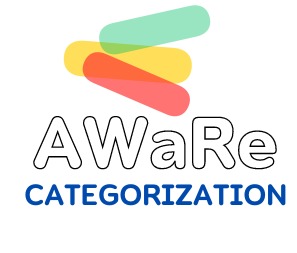

WHO-AWaRe categorization
In order to keep antibiotics effective, we need to take them only when needed and strictly as directed by the doctor. So, the right antibiotic should be selected for a specific infection, and this has an important role in minimizing the risk of resistance. The WHO-AWaRe categorization determines the preferred antibiotic options for each infection, taking into consideration benefits, risks and the potential for resistance as well as building a safe way to use antibiotics:
- WHO provides recommendations for 21 common infective diseases and selected the most appropriate first and second-choice antibiotic choices for each of the syndrome.
- Differentiates in three groups to minimize resistance.
- Identifies antibiotics that are priorities for monitoring and use surveillance.
AWaRE Categorization of Antibiotics in Jordan:
AWaRE Categorization in Jordan to the registered antibiotics in Jordan, is adapted in order to achieve the following:
- Reduction the evolution of antimicrobial resistance.
- Synchronization with published clinical practice guidelines for management of common and/or serious infections.
- Integration of cost parameters.
- Encouragement of responsible prescription practices among physicians and dispensing among pharmacists.
- Assignment of multi-level prescription responsibility.
AWaRe Categories
ACCESS group
- First-line treatments for common infections.
- Lower risk of developing resistance.
- They should be widely available and affordable.
WATCH group
- Higher resistance potential or are considered important for specific infections.
- They should be used cautiously and only when needed, to preserve their effectiveness.
- Monitoring their use and resistance patterns is essential.
RESERVE group
- Last-resort options and should be used sparingly.
- They are vital for treating severe infections caused by multidrug-resistant bacteria.
- Their use should be strictly restricted to avoid the development and spread of resistance.
Total Number of antibiotics classified are 78 products; 24 as access, 44 as
watch and 10 antibiotic agents as Reserve.






